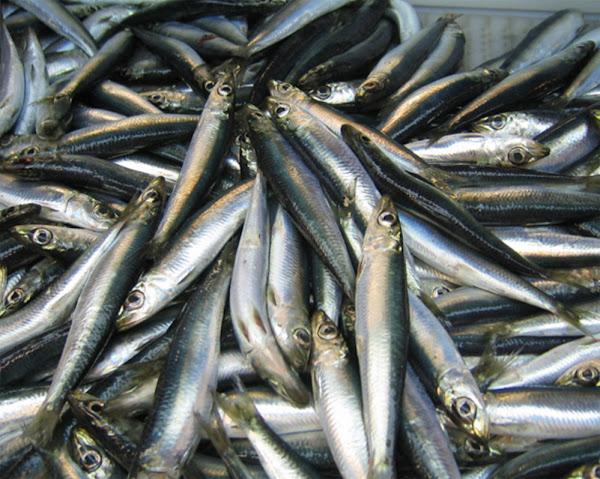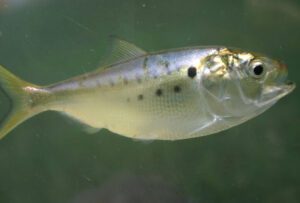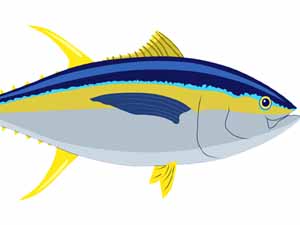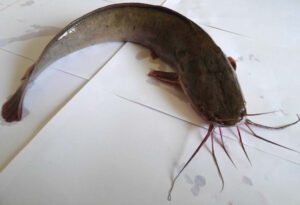The Atlantic Herring fish is one of the most abundant fish species in the world. It is known by many other names in different parts of the world.
It’s other names include Yawling, Whitebait, Summer Herring, Sugar Cured Fish, Spring Herring, Split, Split Cure Herring, Sea Herring, Sea Stick, Shore Herring, Sild, Silver Cured Herring, Soused Herring, Sea Atlantic Herring, Red Herring, Protestant, Pickling, Pickled Herring, Pearl Essence, Oriental Cure, Norwegian Sloe, Norwegian Silver Herring, Norwegian Milker, Norwegian Herring, Norwegian Cured Herring, Milker Herring, Murman Herring, Mustard Herring, Newcastle Kipper, Hern, Mesh Herring, Herning, Melker, Herring, Herron, Kipper, Mediterranean Cure, Mattie, Matje Cured Herring, Labrador Herring, Klondyked Herring, Golden cure, Atlantic Herring, Fall Herring, Cut Spiced Herring, Cleanplate Herring, Bloater, Bismark Herring, Bank Herring and many more.
The Atlantic Herring fish can be found on both sides of the Atlantic Ocean (congregating in large schools). The Atlantic Herring fishery has long been an important part of the economy of New England and the Canadian Maritime provinces.
This is because, the fish congregate relatively near to the coasts in massive schools. Especially in the cold waters of the semi-enclosed Gulf of Maine and Gulf of St. Lawrence. Schools of these fish have been measured up to 4 cubic kilometers, and containing an estimated of 4 billion fish. However, read some more information about this fish species below.
Atlantic Herring Fish Characteristics
The Atlantic Herring fish have a fusiform body. They have gill rakers in their mouths to filter incoming water, trapping any phytoplankton and zooplankton.
These fish are generally fragile. They have large and delicate gill surfaces. And contact with foreign matter can strip away their large scales.
Their coloration is blue to greenish-blue dorsally, becoming silvery ventrally. And there are no distinctive dark spots on their belly or fins.
Body of the Atlantic Herring fish is elongate and fairly slender. Their belly is rather rounded, scutes without prominent keel.
The mature fish can grow up to 45 cm in total body length. And the mature fish can reach up to 1.1 kg of live body weight. Photo and info from Wikipedia.

Diet
The Atlantic Herring fish are feed on copepods, krill and small fish.
Breeding
The Atlantic Herring fish generally reach maturity when they are of 3 to 4 years of age. They generally spawn in summer in estuaries, coastal waters of in offshore banks.
The females lay eggs and the males release masses of milt simultaneously, so they mix freely in the sea. The females generally lay between 20,000 and 40,000 eggs per spawning.
Uses
The Atlantic Herring fish is used mainly for food. It is generally marketed fresh, frozen and smoked. It is also used for bait.
Special Notes
The Atlantic Herring fish is one of the most abundant species of fish throughout the world. It is economically a very important fish species.
The main fisheries of this fish is located at Canada. And Canada’s Atlantic Herring fishery is commercially very important. They can be found on both sides of the Ocean.
And they range across North Atlantic waters such as the Gulf of Maine, the Gulf of St Lawrence, the Bay of Fundy, the Labrador Sea, the Davis Straits, the Denmark Straits, the Norwegian Sea, the Beaufort Sea, the English Channel, the North Sea, the Irish Sea, the Bay of Biscay, Sea of Hebrides and the Celtic Sea. They are also found in the northern waters surrounding the Arctic.
The Atlantic Herring fish are long-lived, with an average lifespan of between 12 and 16 years. They are pelagic and love to stay in the coastal areas, down to 200 m depth.
However, review full breed profile of the Atlantic Herring fish in the table below.
| Name | Atlantic Herring |
| Kingdom | Animalia |
| Phylum | Chordata |
| Class | Actinopterygii |
| Order | Clupeiformes |
| Family | Clupeidae |
| Genus | Clupea |
| Species | C. harengus |
| Binomial Name | Clupea harengus |
| Other Names | Also known as Yawling, Whitebait, Summer Herring, Sugar Cured Fish, Spring Herring, Split, Split Cure Herring, Sea Herring, Sea Stick, Shore Herring, Sild, Silver Cured Herring, Soused Herring, Sea Atlantic Herring, Red Herring, Protestant, Pickling, Pickled Herring, Pearl Essence, Oriental Cure, Norwegian Sloe, Norwegian Silver Herring, Norwegian Milker, Norwegian Herring, Norwegian Cured Herring, Milker Herring, Murman Herring, Mustard Herring, Newcastle Kipper, Hern, Mesh Herring, Herning, Melker, Herring, Herron, Kipper, Mediterranean Cure, Mattie, Matje Cured Herring, Labrador Herring, Klondyked Herring, Golden cure, Atlantic Herring, Fall Herring, Cut Spiced Herring, Cleanplate Herring, Bloater, Bismark Herring, Bank Herring and many more |
| Breed Purpose | Food and bait |
| Special Notes | One of the most abundant species of fish on earth, economically very important fish species, long-lived fish with an average of 12-16 years of lifespan, pelagic, love to stay in the coastal areas, used mainly for food, but also used for bait |
| Weight | Around 1.1 kg |
| Breeding Method | Natural |
| Climate Tolerance | Almost all climates |
| Body Color | Blue to greenish-blue dorsally, becoming silvery ventrally. And there are no distinctive dark spots on their belly or fins. |
| Rarity | Common |
| Availability | Worldwide |






